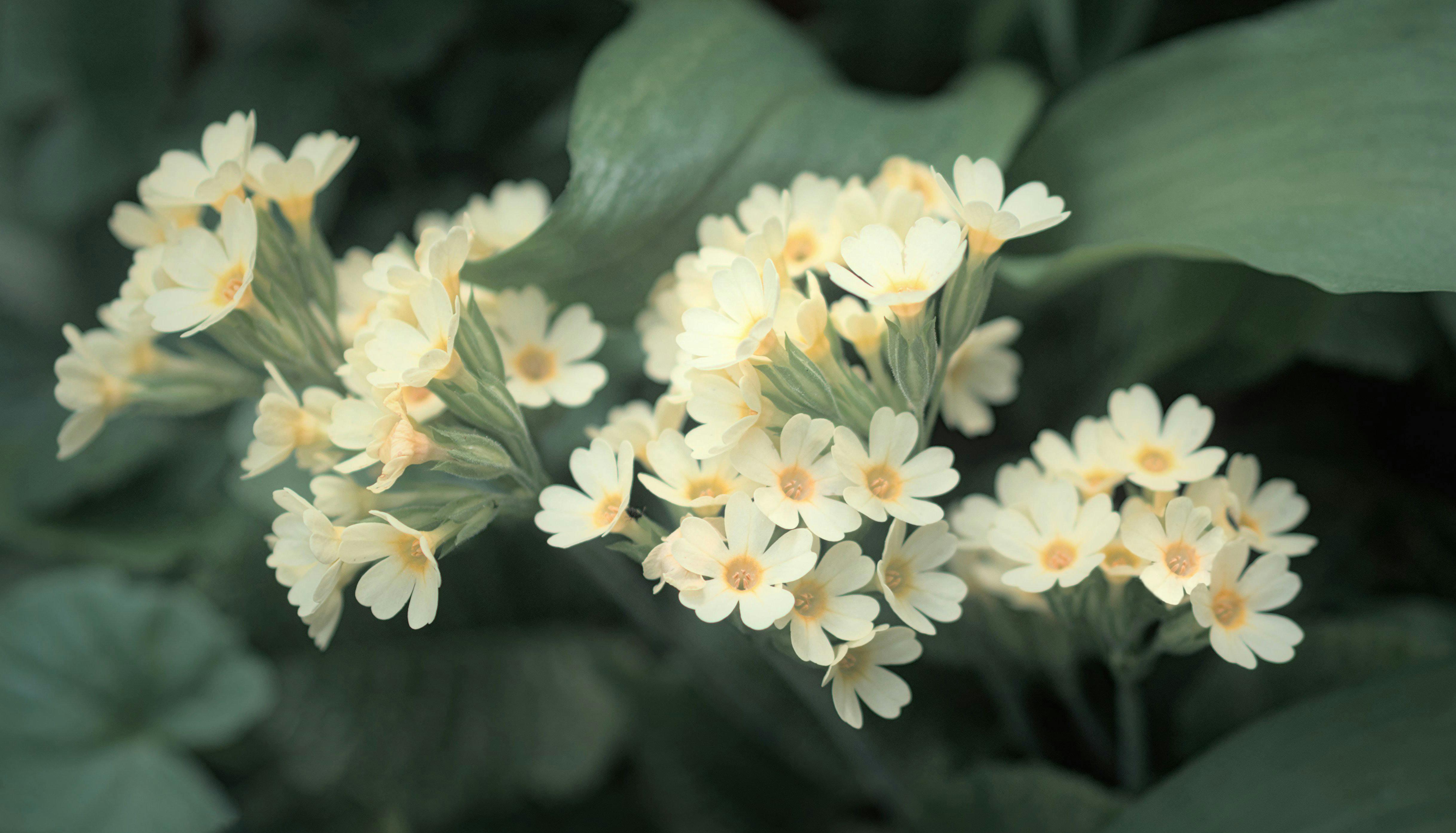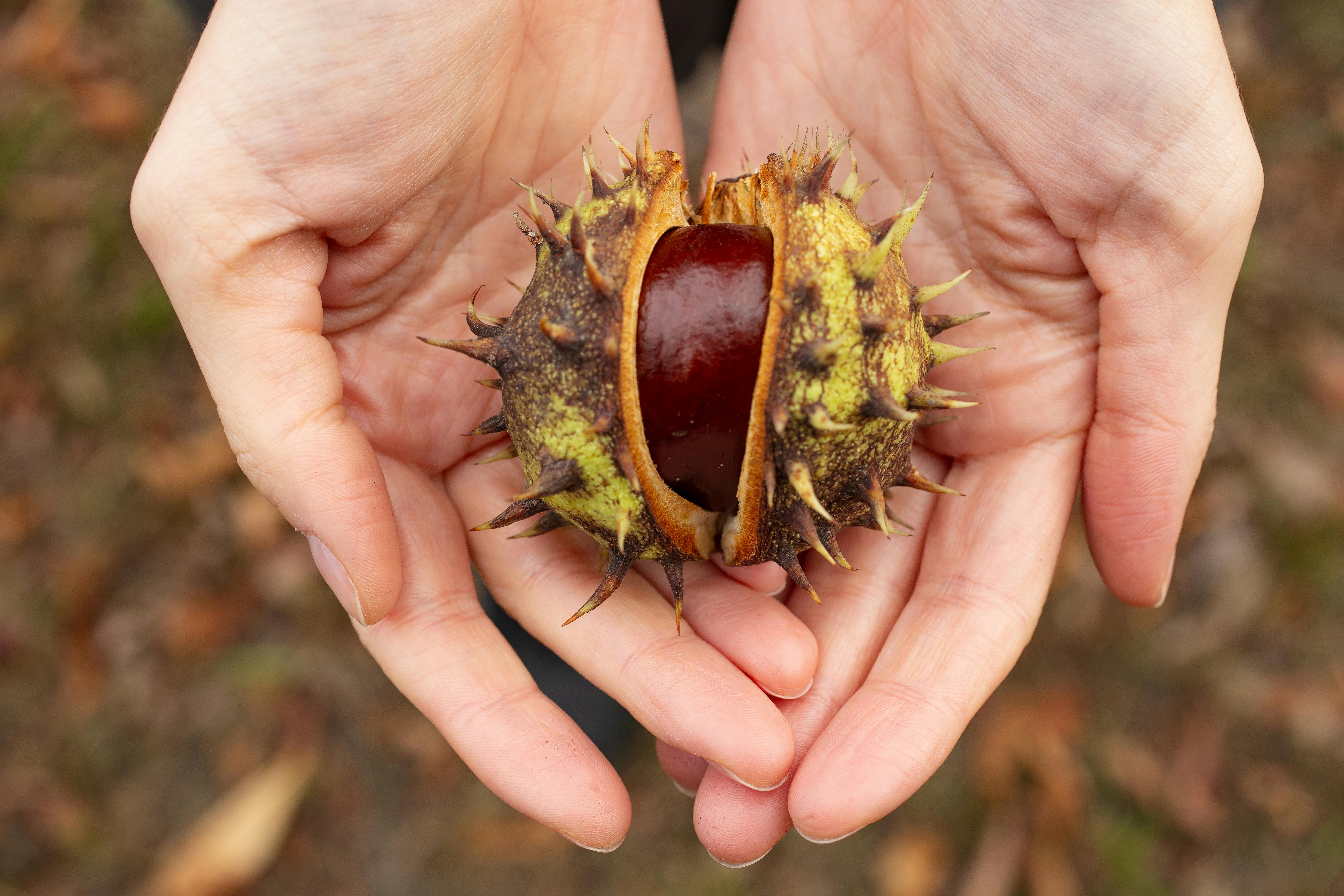Mr. Gardener: Transforming Your Outdoor Space
Mr. Gardener is more than just a name; it’s a concept that encapsulates the passion and expertise involved in gardening and landscape design. Whether you’re a novice or an experienced gardener, Mr. Gardener provides the tools, tips, and inspiration you need to elevate your outdoor spaces. In this article, we will explore various aspects of gardening, landscaping, and the principles that can help you create a stunning and sustainable garden. From soil preparation to plant selection, we will cover it all!
Understanding the Basics of Gardening
Before diving into the specifics of landscape design, it’s essential to understand the fundamentals of gardening. This foundational knowledge sets the stage for successful gardening practices. Factors such as soil quality, light availability, and plant selection are crucial for establishing a thriving garden environment. By paying attention to these elements, gardeners can create conditions that support healthy plant growth and blooming.
Soil Composition and Importance
The first step in any gardening journey starts with understanding soil. Healthy soil is the backbone of a successful garden. It provides essential nutrients, holds moisture, and supports root systems. To determine your soil quality, consider conducting a soil test, which will help you understand its pH balance and nutrient content. This knowledge is invaluable when selecting plants that will thrive in your garden. For optimal gardens, aim for a **loamy soil**, rich in organic matter, which promotes drainage and sustains plant life effectively.

Choosing the Right Plants
Selecting the right plants is vital for creating a vibrant, flourishing garden. Consider factors such as climate, sunlight, and soil type when making your choices. Native plants are often the best option as they’re adapted to local conditions and require less maintenance. Use a diverse selection of plants to create a visually appealing garden. Incorporating various heights, colors, and textures can significantly enhance the aesthetic value of your space while promoting a healthy ecosystem.

Design Principles for a Stunning Landscape
Once you’ve grasped the basics of gardening, it’s time to explore design principles that can elevate your outdoor space significantly. Good landscape design balances beauty and functionality, creating spaces that are enjoyable and easy to maintain. Consider how you want to utilize your space, whether for entertaining, relaxation, or functional gardens like vegetable plots.
The Rule of Thirds in Landscape Design
An essential principle in landscape design is the **Rule of Thirds**. This concept suggests dividing your garden into thirds, allowing you to create a balanced and harmonious layout. Position significant elements, such as trees or garden structures, along these lines or at their intersections to draw the viewer’s eye naturally. This technique helps create a more aesthetically pleasing composition, guiding visitors through your garden effortlessly. Ensuring that your garden is inviting and cohesive is crucial for maximizing its beauty.
Creating Focal Points
To draw attention and create interest, incorporating focal points within your garden design is imperative. Focal points can be anything from a striking sculpture to colorful flower beds or even water features. These elements help to lead the viewer’s gaze and encourage exploration of the landscape. Make sure that your focal points align with the overall theme and style of your garden to maintain cohesiveness.
Watering and Maintenance Strategies
Once your garden is flourishing, proper maintenance becomes vital to its longevity. Effective watering strategies and routine maintenance ensure that your plants remain healthy and vibrant. Knowing the watering needs of your plants and the best times to water can significantly impact plant health.
Drip Irrigation Systems
Investing in a **drip irrigation system** can save you both time and water by delivering moisture directly to the root zone where it’s needed most. This not only reduces evaporation loss but also allows for customization based on your garden’s specific needs. Regular monitoring of your irrigation system is essential to ensure that each plant receives adequate moisture.
Seasonal Maintenance Tips
Maintaining your garden varies by season. In spring, focus on planting and pruning; during summer, ensure consistent watering and pest control; in autumn, consider preparing your garden for winter by mulching and sowing cover crops; and in winter, assess and plan for the next growing season. Developing a seasonal maintenance checklist can help streamline your gardening efforts, allowing you to enjoy your outdoor spaces year-round.
Key Takeaways
- Understanding soil composition is crucial for a thriving garden.
- Choosing native plants increases garden resilience and lowers maintenance effort.
- Landscape design principles, like the Rule of Thirds, create visually appealing spaces.
- Investing in watering systems enhances plant health and conserves resources.
- Regular seasonal maintenance keeps your garden looking its best.
FAQ
1. What are the benefits of using native plants in gardening?
Native plants provide several benefits, including reduced maintenance, increased drought resistance, and support for local wildlife. By using native species, gardeners can create habitats for pollinators and other wildlife, contributing to biodiversity. Additionally, native plants are well-adapted to their local environments, which often leads to healthier and more resilient gardens overall.
2. How often should I water my garden?
The watering frequency depends on various factors such as plant type, soil condition, and weather. Typically, gardens should be watered 1-2 times a week. However, it’s essential to monitor the soil moisture; if it feels dry a few inches down, it’s time to water. Being mindful of your plants’ needs will promote their health and flowering.
3. What are some effective pest control methods?
Organic pest control methods, such as introducing beneficial insects, using neem oil, or planting companion plants, can be very effective. Beneficial insects like ladybugs naturally manage pest populations, while certain companion plants repel unwanted insects. Always assess the specific needs and drawbacks of your chosen methods to ensure a health-focused approach to pest management.
4. Can I create a garden in a small space?
Absolutely! Small space gardening is incredibly popular and can be incredibly rewarding. Utilizing vertical gardening techniques, like trellises and wall planters, can maximize your space. Additionally, consider container gardening, which allows you to grow a variety of plants in limited areas. Also, plan for rotational planting to maximize productivity throughout the seasons.
5. What tools are essential for new gardeners?
Basic gardening tools include a **shovel**, **rake**, **pruning shears**, and a **trowel**. Depending on your garden’s needs, you might also consider a **garden fork** for tilling soil, gloves for protection, and a hose or watering can for irrigation. Investing in quality tools can significantly enhance your gardening experience and efficiency.
6. How do I prepare my garden for winter?
To prepare your garden for winter, start by removing dead plants and debris to prevent mold and pests. Consider mulching around perennials to protect their roots from freezing temperatures. Additionally, planting cover crops can improve soil health for the spring. Planning ahead helps to maintain a robust garden year-round.
7. What is composting, and how can I start?
Composting is the process of recycling organic matter, like kitchen scraps and yard waste, into a rich soil amendment. To start composting, choose a compost bin and collect items like fruit and vegetable scraps, grass clippings, and leaves. Maintain a balance of ‘greens’ (nitrogen-rich materials) and ‘browns’ (carbon-rich materials) to facilitate decomposition. Regularly turning your compost helps speed up the process, providing you with nutrient-rich compost for your garden.
